Figure below shows two paths that may be taken by a gas to go from state A to a state C. In process AB, 400 Jof heat is added to the system and in proces BC, 100 J of heat is added to the system. The heat absorbed by the system in the process AC will be
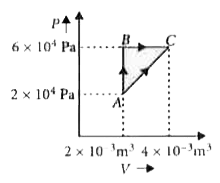
460 J
300 J
380 J
500 J
The correct Answer is:A
As initial and final points are same so ΔUABC=ΔUAC
AB is isochoric process. ΔWAB=0
ΔQAB=ΔUAB=400J
B is isobaric process.
ΔQBC=ΔUBC+ΔWBC
100=ΔUBC+6×104
(4×10−3−2×10−3)
100=ΔUBC+12×10
ΔUBC=100−120=−20J
As, ΔUABC=ΔUAC
ΔUAB+ΔUBC=ΔQAC−ΔWAC
400−20=ΔQAC−(2×104×2×10−3+12×2×10−3×4×104)
380=ΔQAC−(40+40),ΔQAC=380+80=460J
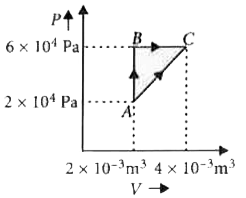
Topper's Solved these Questions
- THERMODYNAMICSBOOK - MTG GUIDECHAPTER - THERMODYNAMICSEXERCISE - NEET (ITALS)
25 Videos
- PROPERTIES OF BULK MATTERBOOK - MTG GUIDECHAPTER - PROPERTIES OF BULK MATTEREXERCISE - AIPMT/NEET (MCQs)
40 Videos
- WORK, ENERGY AND POWERBOOK - MTG GUIDECHAPTER - WORK, ENERGY AND POWEREXERCISE - AIPMT/NEET (MCQs)
34 Videos
Similar Questions
Figure below shows two paths that may be taken by a gas to go from a state A to a state C . In process AB , 400 J of heat is added to the system and in process BC , 100 J of heat is added to the system . The heat absorbed by the system in the process AC will be
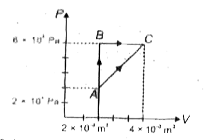
View SolutionIn (figure). shows two path that may be taken by a gas to go from a state A to state C
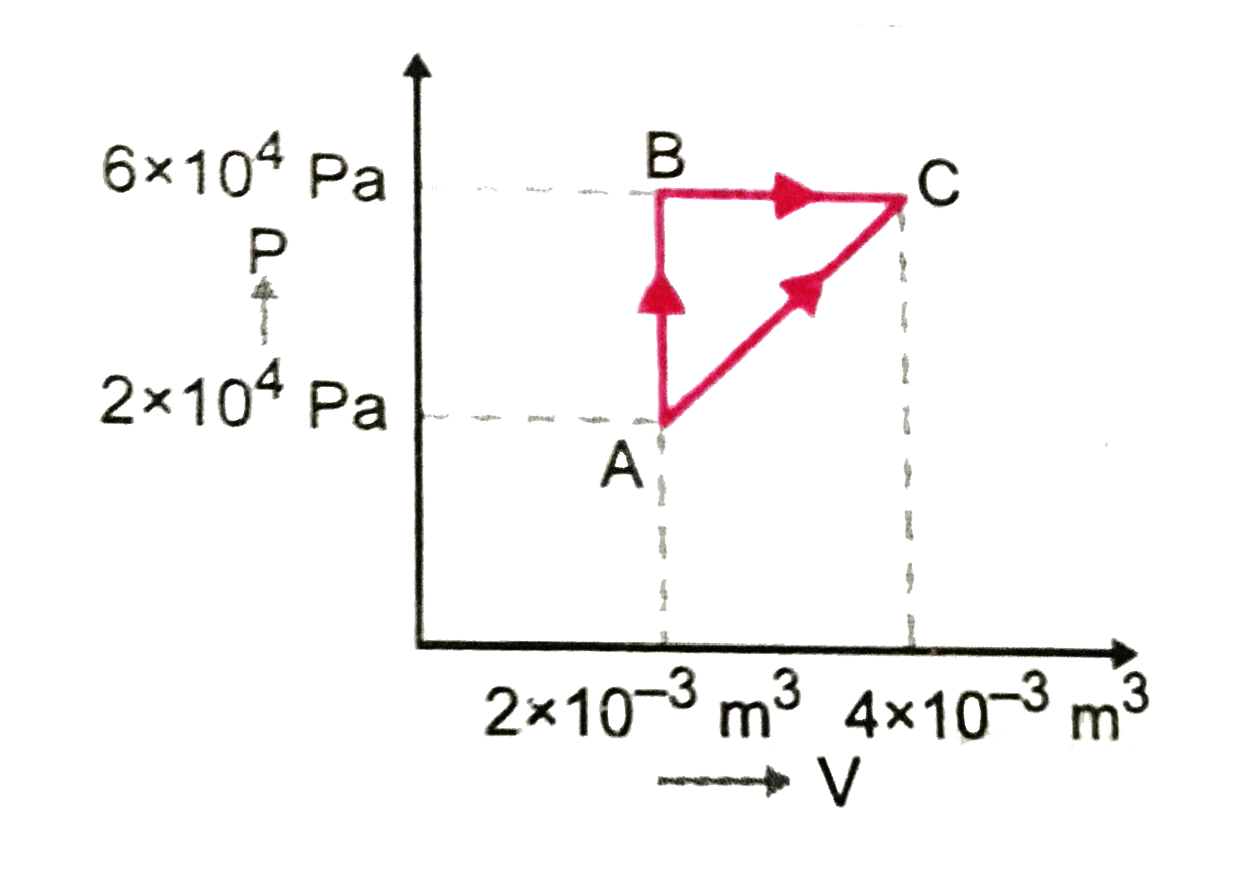
In the process AB, 400J of heat is added to the system and in process Bc, 100J of heat is added to the system. The heat absorbed by the system in the process AC will be
View Solution
Knowledge Check
Figure below shows two paths that may be taken by a gas to go from a state A to a state C. In process AB, 400 J of heat is added to the system and in process BC, 100 J of heat is added to the system. The heat absorbed by the system in the process AC will be
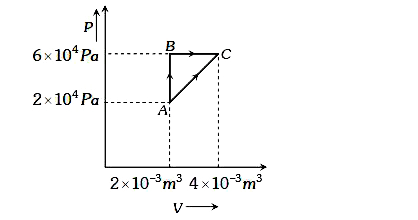 A500 JB460 JC300 JD380 J
A500 JB460 JC300 JD380 JIn (figure). shows two path that may be taken by a gas to go from a state A to state C

In the process AB, 400J of heat is added to the system and in process Bc, 100J of heat is added to the system. The heat absorbed by the system in the process AC will beA500JB460JC300JD380JWhat would be the heat absorbed by the system in the cyclic process?
A−2PVBzeroC2PVDPV
A thermodynamic process is shown in the following figure. The process and volumes corresponding to some points in the figure are:
PA=3×104Pa,
VA=2×10−3m−3,
PB=8×104Pa,VD=5×10−3m3
In process AB,600J of heat is added to the system and in the process BC,200J of heat is added to the system. the change in internla energy of the system in the process AC would be
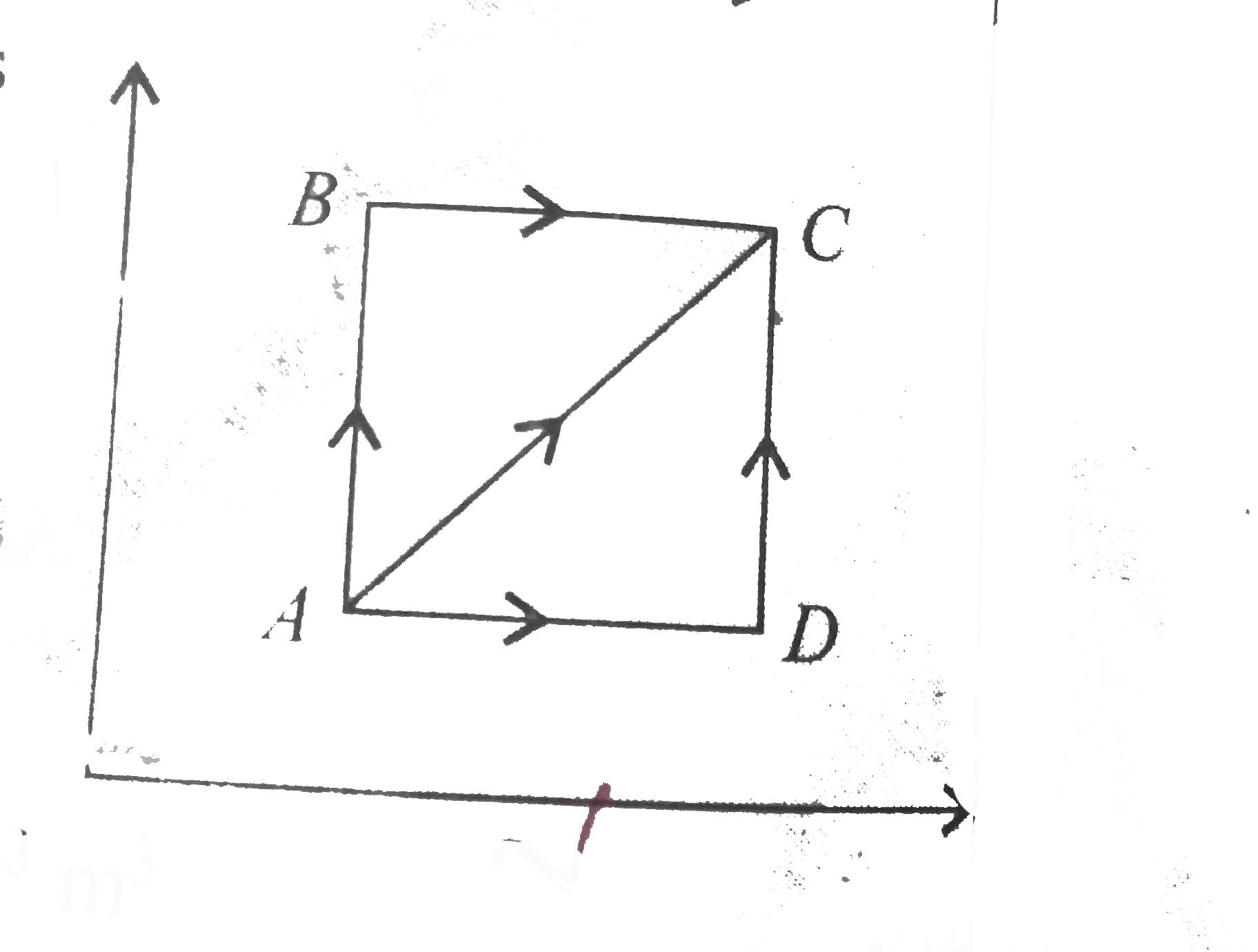
View SolutionA thermodynamic process is shown in the following figure. The process and volumes corresponding to some points in the figure are:
PA=3×103Pa,
VA=2×10−3m−3,
PB=3×104Pa,VD=2×10−3m3
In process AB,600J of heat is added to the system and in the process BC,200J of heat is added to the system. the change in internla energy of the system in the process AC would be

View SolutionA thermodynamic process is shown in the following figure. In the process AB, 600 J of heat is added to the system and in BC, 200 J of heat is added to the system. The change in internal energy of the system in the process AC would be:
PA=3×104Pa,VA=2×10−3m3
PB=8×104Pa,VC=5×10−3m3
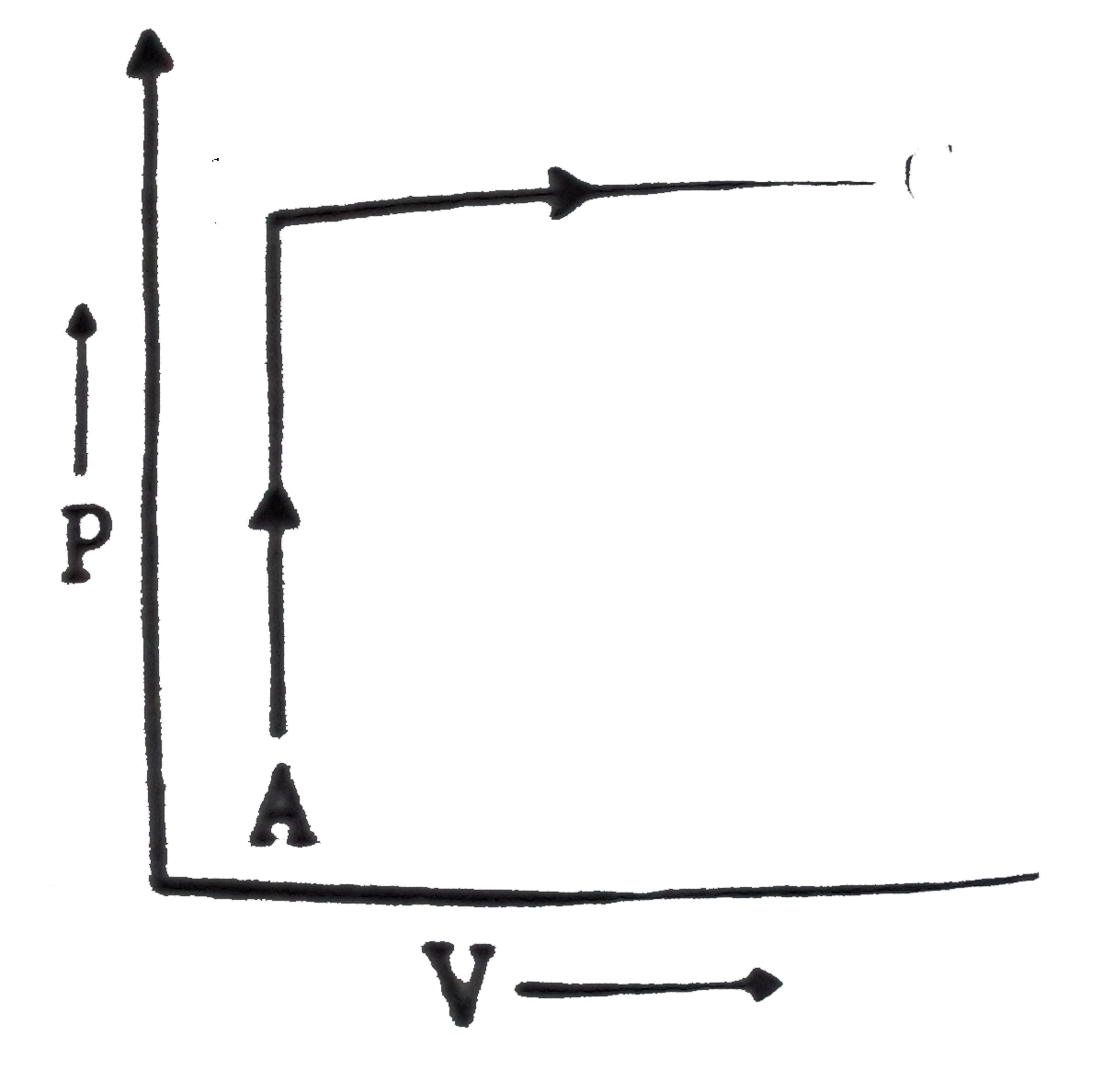
View SolutionCalculate the heat absorbed by the system is going through the process shown in figure
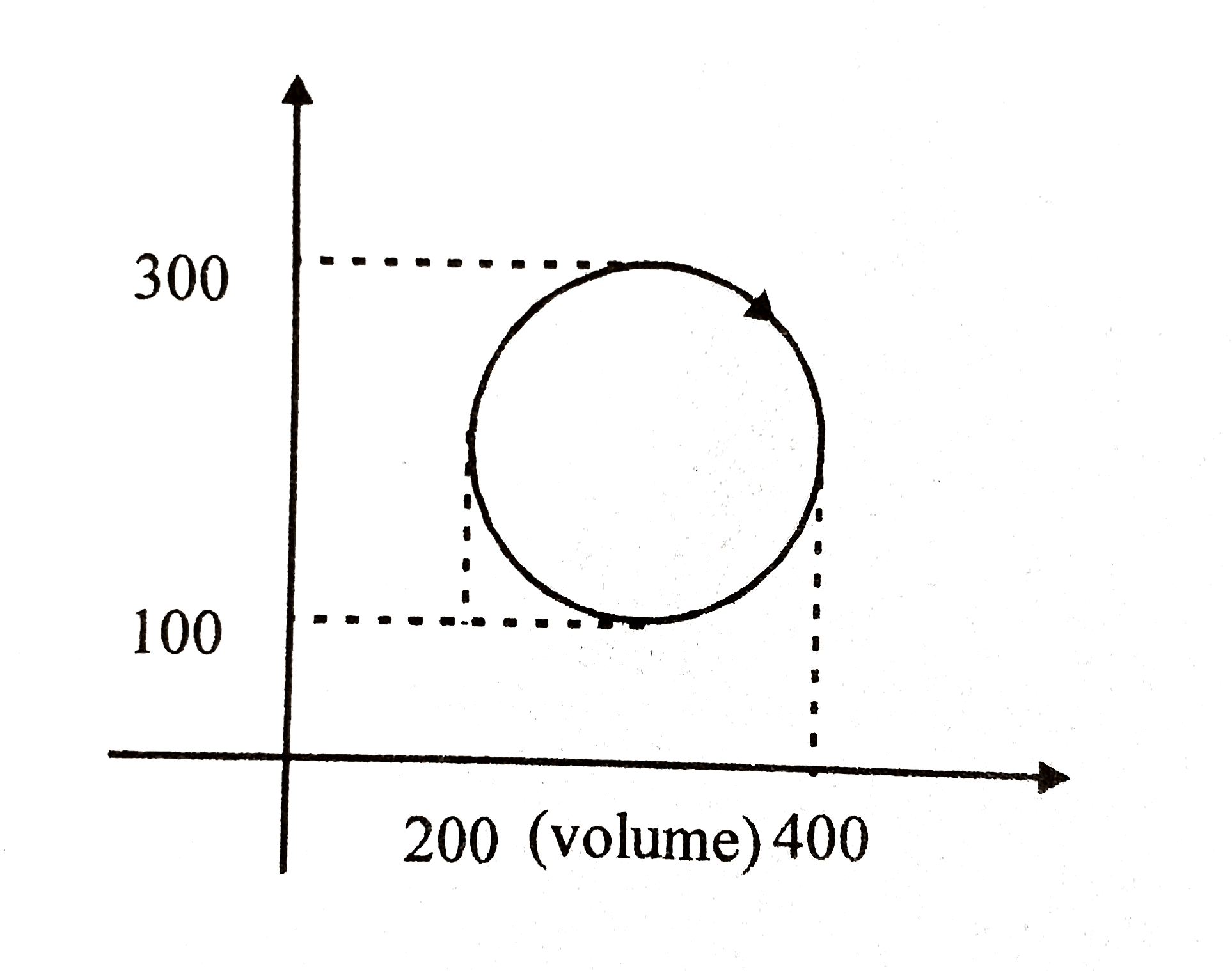
View SolutionA thermodynamic process is shown in this figure. The pressure and volumes corresponding to some points in the figure are
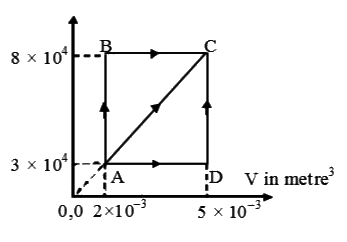
PA=3×104Pa VA=2×103m3
PB=8×104Pa, VD=5×10−3m3
In process AB, 600 J of heat is added to the system and in process BC 200 J of heat is added to the system. The change in internal energy of the system in process AC would be
View Solution
